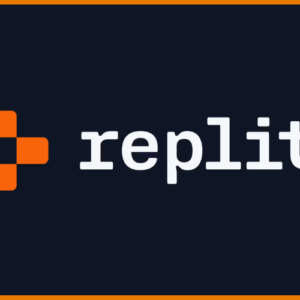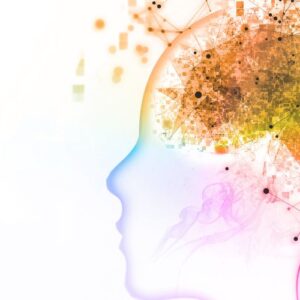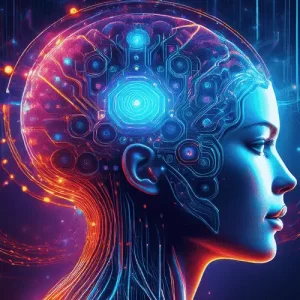Introduction: Alphabet Soup of AI – Let’s Make it Clear!
So, you’ve dipped your toes into the world of Artificial Intelligence (AI) and you’re starting to get the hang of what it is. But then, you hear terms like “Machine Learning” (ML) and “Deep Learning” (DL) thrown around, and suddenly it feels like you’re back in a confusing tech loop! Don’t worry, you’re not alone. These terms are often used interchangeably, even by people in the tech industry, which can make it tricky to understand how they all fit together.
In this article, we will break everything down so you can understand Machine Learning and Deep Learning in simple terms, using easy-to-understand analogies. This will help you confidently navigate conversations about AI and understand what these powerful technologies really mean, especially if you’re a creator or entrepreneur looking to leverage them.
Imagine it as a collection of Russian nesting dolls, with AI as the largest doll, Machine Learning as a smaller doll, and Deep Learning as an even smaller, more specialised doll inside Machine Learning.
Artificial Intelligence (AI): The Big Picture
As we discussed in our first article in this AI Fundamentals: Your Easy Start Guide series, “What is Artificial Intelligence (AI) Anyway?“, Artificial Intelligence is the broadest concept. It’s the overall field of computer science dedicated to creating machines or software that can perform tasks that typically require human intelligence.
This includes things like:
- Learning from experience
- Solving problems
- Understanding language
- Recognising patterns and objects
- Making decisions
AI is the umbrella term for any system that exhibits intelligent behavior. The ultimate goal is to build machines that can think and act intelligently.
Analogy: Think of AI as the entire concept of a vehicle designed for transportation. This is a vast category that includes many different types of vehicles.
Machine Learning (ML): AI That Learns from Data
Machine Learning (ML) is a subset of Artificial Intelligence (AI). It’s a specific approach to achieving AI. Instead of programmers writing explicit, step-by-step instructions for every task a computer needs to perform, Machine Learning allows computers to learn from data on their own without being explicitly programmed for each specific output.
How does it learn? Programmers feed the ML system large amounts of data (called training data). The system then uses algorithms to analyze this data, identify patterns, and build a “model.” This model can then be used to make predictions or decisions on new, unseen data.
Key characteristics of Machine Learning:
- Data-driven: It relies heavily on data to learn and improve.
- Pattern recognition: It excels at finding hidden patterns and insights in complex datasets.
- Adaptive: ML models can often improve their performance over time as they are exposed to more data.

Examples of Machine Learning in action (many of which we touched on before):
- Email spam filters: Learning to distinguish spam from legitimate emails based on past examples.
- Product recommendations: Amazon suggests products you might like based on your browsing and purchase history.
- Image classification: Identifying whether an image contains a cat or a dog after being trained on thousands of labeled images.
- Predicting housing prices: Learning from historical sales data to estimate the price of a new house on the market.
Analogy (Continuing from AI): If AI is the concept of a vehicle, then Machine Learning is like a specific type of engine, say, an internal combustion engine. It’s one way to power the vehicle and make it move, and it learns to become more efficient by analyzing fuel consumption and performance data.
Deep Learning (DL): A Powerful Type of Machine Learning
Deep Learning (DL) is a subfield of Machine Learning. It’s a more advanced and often more powerful technique for implementing Machine Learning. Deep Learning uses complex structures called Artificial Neural Networks (ANNs), which are inspired by the structure and function of the human brain.
These neural networks have multiple layers (hence the term “deep”). Each layer processes information and passes it onto the next layer, allowing the system to learn increasingly complex features and patterns from the data.
Deep Learning models often require even larger amounts of data than traditional Machine Learning models. Still, they can achieve remarkable results in areas like image recognition, natural language understanding, and speech recognition.
Key characteristics of Deep Learning:
- Uses Neural Networks: Employs multi-layered neural networks to process information.
- Handles Complex Data: Particularly good at working with unstructured data like images, text, and audio.
- Automatic Feature Extraction: A key advantage is that Deep Learning models can often automatically discover the relevant features from the raw data, whereas in traditional ML, engineers might need to define these features manually.
- Requires Significant Data and Computing Power: Training deep learning models can be computationally intensive and requires large datasets.
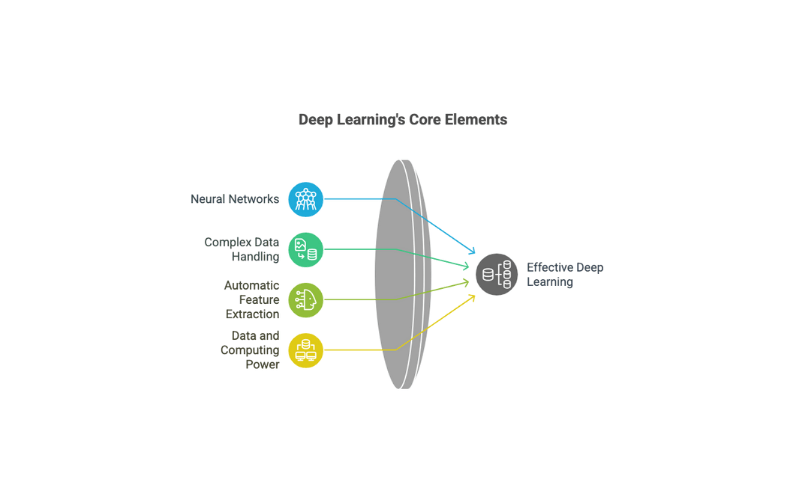
Examples of Deep Learning in action:
- Advanced Voice Assistants: The technology that allows Siri, Alexa, and Google Assistant to understand your spoken commands with high accuracy.
- Self-Driving Cars: Deep Learning is crucial for interpreting complex visual information from cameras and sensors to navigate roads safely.
- Sophisticated Image Generation: Tools like DALL-E or Midjourney use deep learning to create highly detailed and creative images from text prompts.
- Medical Diagnosis: Analyzing medical scans (like X-rays or MRIs) to detect diseases with a high degree of accuracy.
Analogy (Continuing from ML): If Machine Learning is an internal combustion engine, then Deep Learning is like a very specific, high-performance version of that engine, perhaps a turbocharged, multi-cylinder engine with sophisticated electronic controls. It’s still an engine (still Machine Learning), but it’s designed for more complex tasks and can achieve higher levels of performance, often by processing fuel (data) in more intricate ways through its many components (neural network layers).
The Relationship at a Glance:
- AI (Artificial Intelligence): The broadest concept – making machines intelligent.
- ML (Machine Learning): A way to achieve AI – systems that learn from data.
- DL (Deep Learning): A powerful technique within ML – using deep neural networks to learn from vast amounts of data.
- ML (Machine Learning): A way to achieve AI – systems that learn from data.
So, all Deep Learning is Machine Learning, and all Machine Learning is AI. But not all AI is Machine Learning (some AI systems are rule-based, for example), and not all Machine Learning is Deep Learning (many ML techniques don’t use deep neural networks).
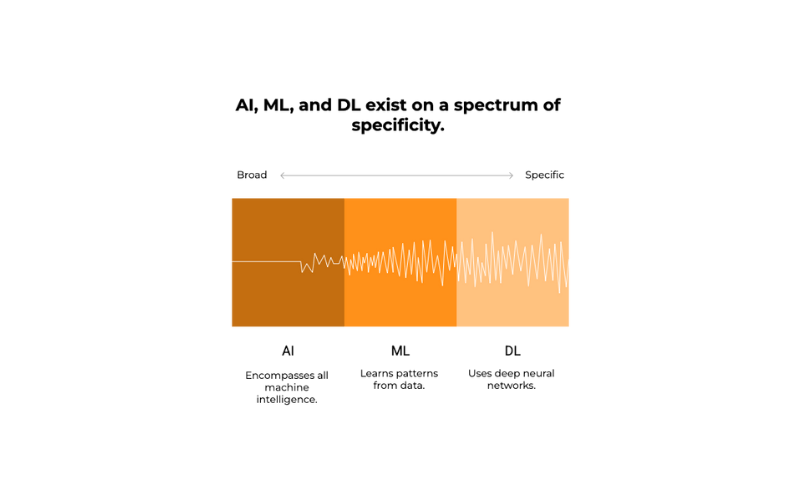
Why Does This Matter to Creators and Entrepreneurs?
Understanding these distinctions can help you:
- Better Understand AI Tools: When a tool says it uses “AI,” you can dig deeper to see if it’s leveraging Machine Learning or even Deep Learning, which might indicate its sophistication and capabilities.
- Identify Opportunities: Knowing the strengths of ML and DL can help you brainstorm how these technologies can be applied to your creative projects or business challenges.
- Communicate More Effectively: You’ll be able to speak more confidently about AI technologies with collaborators, clients, or investors.
- Cut Through the Hype: You can better evaluate claims about AI products and services.
Conclusion
Untangling the jargon of AI, Machine Learning, and Deep Learning reveals a fascinating landscape of interconnected technologies. AI is the grand vision, Machine Learning provides the methods for systems to learn, and Deep Learning offers a particularly potent set of techniques for tackling complex problems and unlocking new creative possibilities.
As a creator or entrepreneur, you don’t need to be an expert in the underlying algorithms. However, having a clear understanding of these core concepts will empower you to explore and utilize AI tools more effectively, helping you innovate and thrive in an increasingly AI-driven world.
